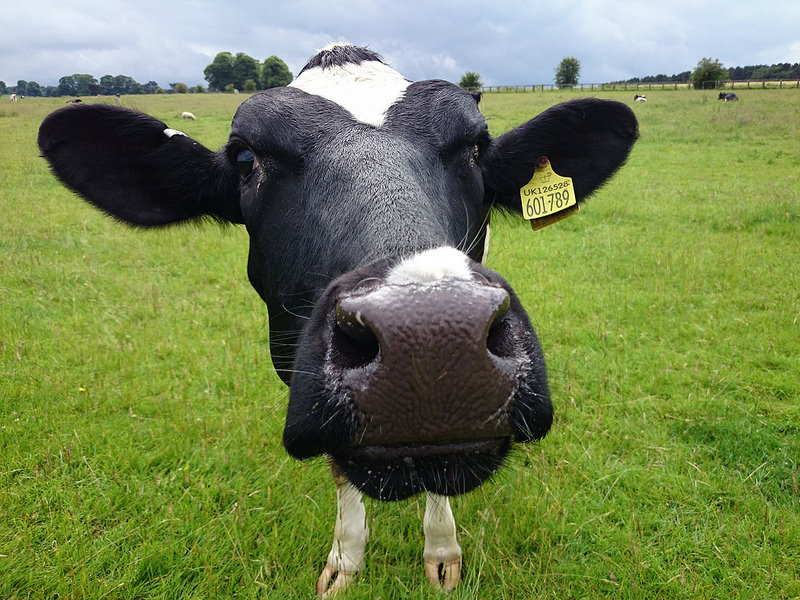
Photo by Steven Zolneczkol, Creative Commons license https://creativecommons.org/licenses/by-sa/2.0/
One of the things I love to do as I run my local rural roads is to observe the animals I pass by. I am especially interested in the variety of their responses to me. Cows strike me as curious critters. They turn and watch my progress. If I stop to tie my shoe or take a drink, they may saunter over to see what I’m doing. If they begin to run, it appears as though they’re just coming along for the ride to see if I’m going somewhere interesting.
Sheep, on the other hand, are nervous and anxious and frequently run away.
Turkeys are all bluster. They puff up and rattle their tail feathers at me, but move quickly away when I head toward them.
Obviously I am making all kinds of assumptions here about the thought processes and emotional states of these animals. Truthfully, I really don’t know what’s going on in their heads. The scientific observer knows we shouldn’t anthropomorphize, but just describe their behavior.
This is actually also true with human animals. While I can guess what you’re feeling from your behavior – that is what empathy is, after all – I can be wrong. We don’t all express our emotions in the same way. I get loud when I’m angry, you might get quiet. Some of us cry easily, and some never do.
If I try to express my empathy for you by making a statement about what I think you’re feeling (“You’re angry about that”), it can backfire if I guessed wrong. It can be more useful to describe the behavior I see (“I noticed that when the conversation turned to Joe & Bill’s wedding, you got quiet and started kind of hugging yourself”) and ASK you what you’re feeling (“What’s that bring up for you?”). This can open up more space for a deeper conversation.
(The cows, so far, have resisted my conversational efforts.)